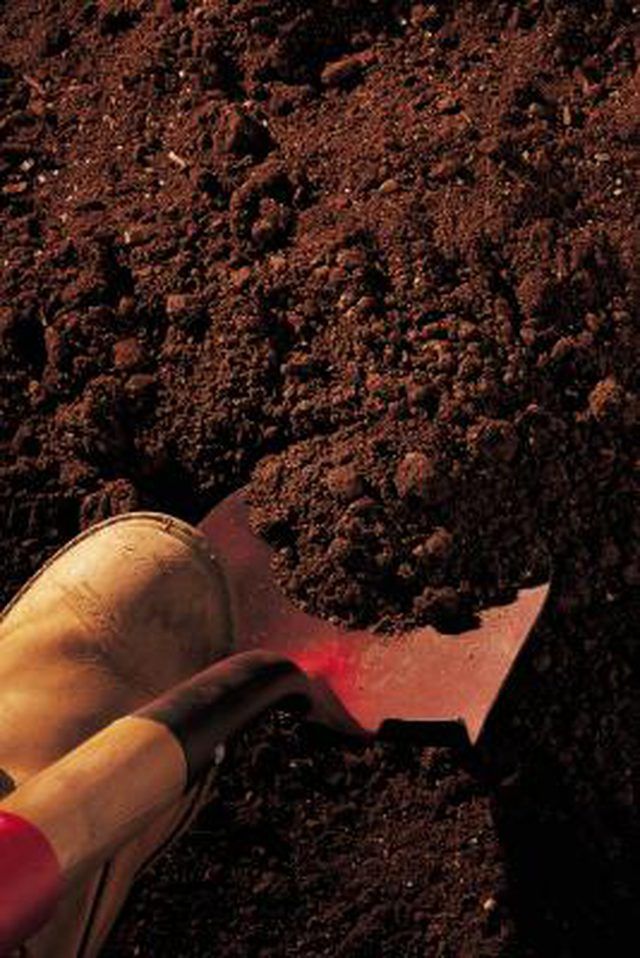Bulbs
Flower Basics
Flower Beds & Specialty Gardens
Flower Garden
Garden Furniture
Garden Gnomes
Garden Seeds
Garden Sheds
Garden Statues
Garden Tools & Supplies
Gardening Basics
Green & Organic
Groundcovers & Vines
Growing Annuals
Growing Basil
Growing Beans
Growing Berries
Growing Blueberries
Growing Cactus
Growing Corn
Growing Cotton
Growing Edibles
Growing Flowers
Growing Garlic
Growing Grapes
Growing Grass
Growing Herbs
Growing Jasmine
Growing Mint
Growing Mushrooms
Orchids
Growing Peanuts
Growing Perennials
Growing Plants
Growing Rosemary
Growing Roses
Growing Strawberries
Growing Sunflowers
Growing Thyme
Growing Tomatoes
Growing Tulips
Growing Vegetables
Herb Basics
Herb Garden
Indoor Growing
Landscaping Basics
Landscaping Patios
Landscaping Plants
Landscaping Shrubs
Landscaping Trees
Landscaping Walks & Pathways
Lawn Basics
Lawn Maintenance
Lawn Mowers
Lawn Ornaments
Lawn Planting
Lawn Tools
Outdoor Growing
Overall Landscape Planning
Pests, Weeds & Problems
Plant Basics
Rock Garden
Rose Garden
Shrubs
Soil
Specialty Gardens
Trees
Vegetable Garden
Yard Maintenance
How to Level Rough Ground by Hand
How to Level Rough Ground by Hand. Leveling rough ground is done through the cultivation of the soil. Over time, soil becomes compacted and air beneath the surface is diminished. Water has a difficult time filtering through the hard soil, and nutrients no longer reach the depth required for roots to thrive. Cultivation is the process of breaking up...

Leveling rough ground is done through the cultivation of the soil. Over time, soil becomes compacted and air beneath the surface is diminished. Water has a difficult time filtering through the hard soil, and nutrients no longer reach the depth required for roots to thrive. Cultivation is the process of breaking up the soil's surface and creating even, smooth ground for planting or installing hardscape such as patios or walkways. Cultivating small plots by hand is ideal; using a power tiller can upset the balance of the soil and accelerate the compacting process.
Things You'll Need
Garden stakes
String
Round shovel
Garden hoe
Bow rake
Gloves
Outline your plot with stakes and string to create a boundary for the cultivation. Hammer stakes into the ground at each corner of the area to be cultivated. Tie one end of the string to the top of a stake, then tightly wrap it around the top of the stake two or three times. Pull the string along to the next stake and wrap it around the top as before. Continue in this manner until you reach the first stake again; knot the string around the top.
Dig up the soil. Start at one corner of your plot and insert the shovel about halfway into the soil. Pull it up and turn the soil upside down. Use the tip of the shovel to break up any big clumps of soil. Move back a step and repeat; continue until the whole plot has been turned over.
Hoe the area. Use chopping motions with the hoe to further break up the soil. Roughly level the ground as you go, moving high mounds of soil to lower areas. Break up any clumps larger than a golf ball.
Rake the area to further level the ground. Move the rake forward and backwards over the land, spreading the soil evenly across the area of the plot. Use the teeth of the rake to break up any clumps that remain. Use the back of the rake to level areas that are particularly uneven.
Tips & Warnings
If your soil quality is poor, add organic matter during Step 3. The additive you need depends on the soil and the purpose of your plot; discuss your needs with experts at your local garden center.
Wear gloves to reduce the risk of blisters.
Apply sunscreen if you will be working in the sun.
Drink plenty of water as you work to avoid dehydration, which can be dangerous in hot weather.